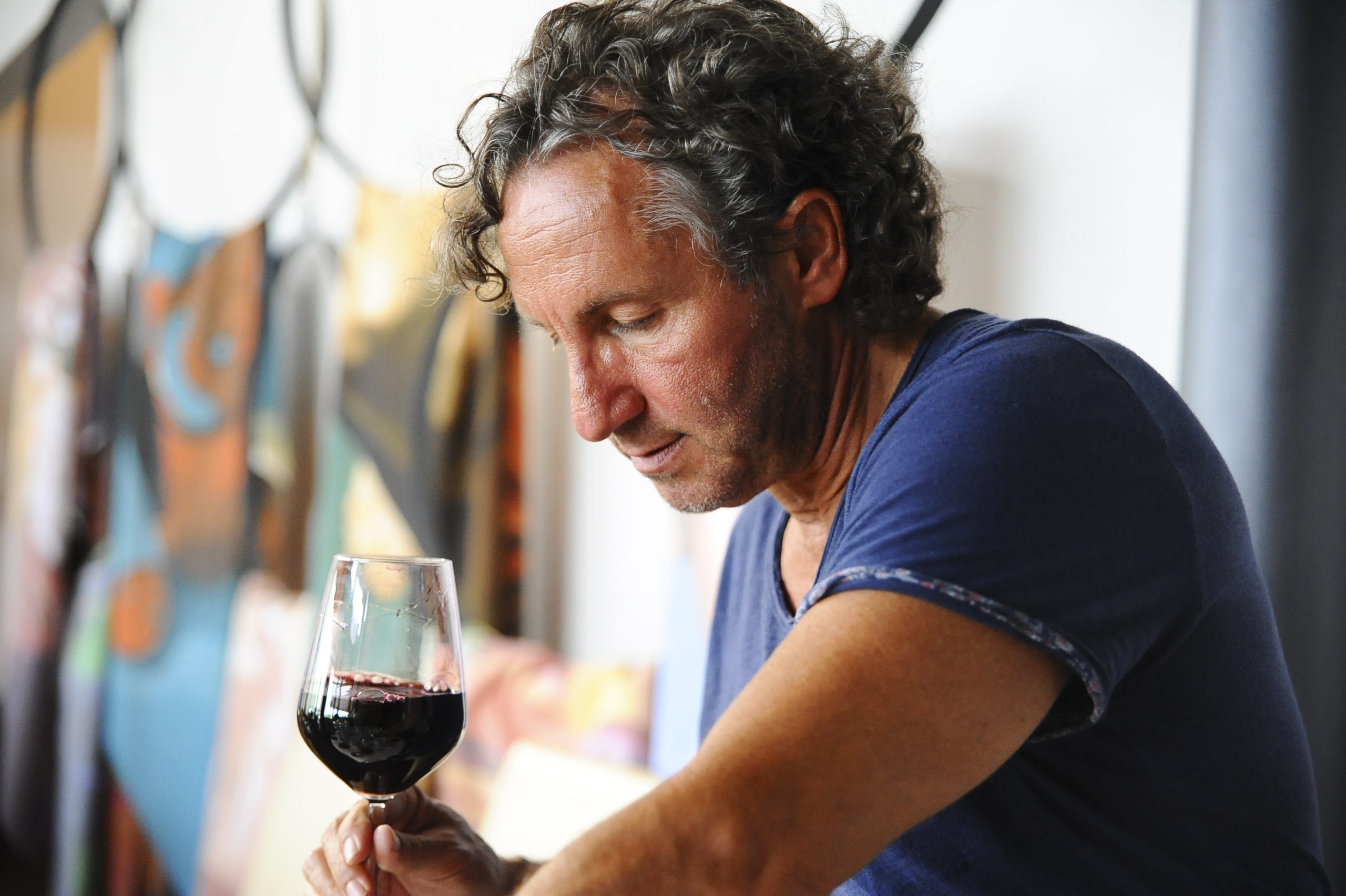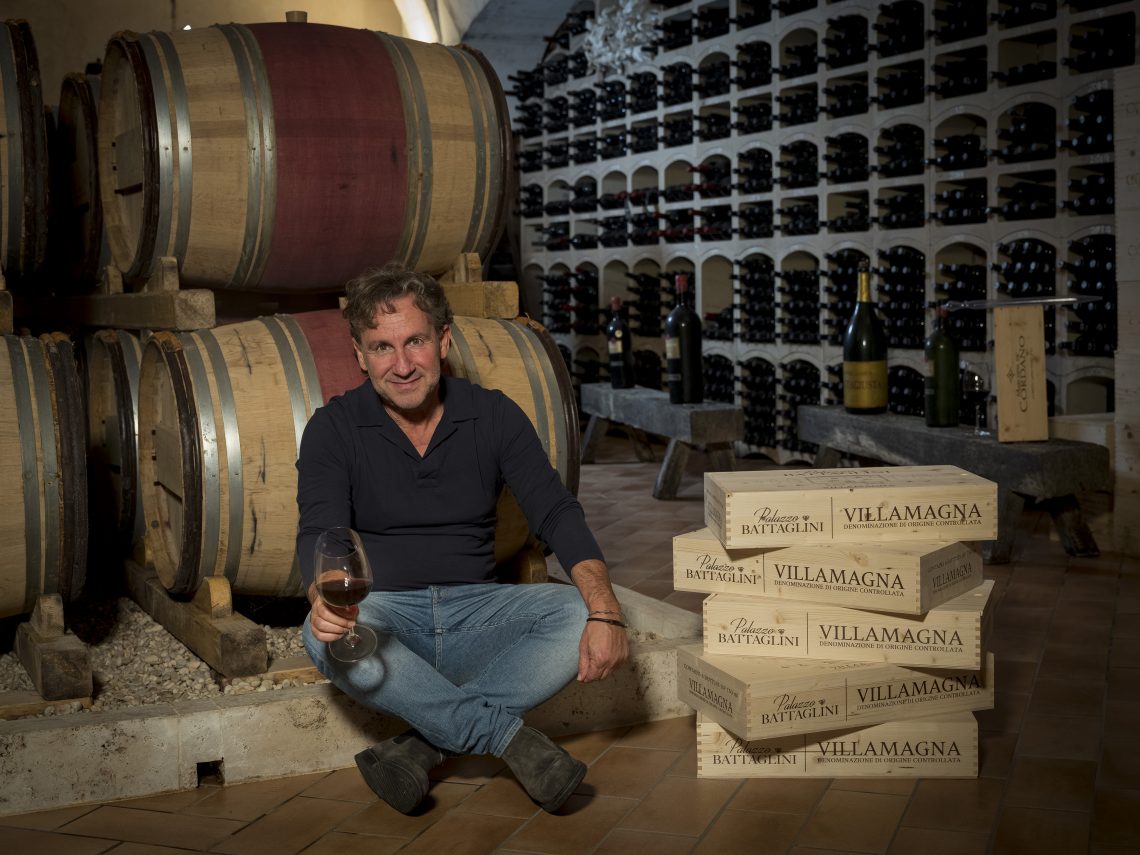The Wolf Post, supported by a Cultural Association, offers a professional service with free access, without subscription.
For this reason, a donation would also be a sign of appreciation for our work.
The primary goal of an oenologist is to be able to give the owner of the winery and, therefore, also to the final consumer, the “perfect wine”, enhancing and optimizing the fruit of the gods: the grapes.
Does the “perfect” wine really exist? Someone has defined the perfect wine as that which meets the favor of producers, others that of consumers. There are also those who argue that the perfect wine is the one without defects. Yet, we know that, sometimes, a small imperfection can turn into an added value, an example of all “bretted” wines, loved and hated at the same time.
By adding a new chapter to the column, which gives a voice to winemakers, we turn to the most authoritative source to understand if the perfect wine exists and to what extent.

© Vittorio Festa
Who better than an oenologist can know the fatigue and the many variables that affect the production of wine from the vineyard to bottling. Yet, often, the most ruthless judgments about wine come from those who only taste the final product without having witnessed the entire production process. For this reason, only an oenologist can really know if there is a “perfect” wine and when it can be defined as such, according to his experience.
Today, the consumer rightly limits himself to tasting giving a positive or negative judgment without taking into account all the variables that the producer faces throughout the supply chain and without knowing all the problems present in the cellar and has every right to do so having bought the wine.
In some cases, she/he limits himself to tasting, without taking into account the path of the supply chain where there is work from the vineyard to the bottle. Wine is the result of an agricultural process, linked to climatic conditions and to many variables that determine the final product. The ability of the winemaker is to obtain the best wine based on the conditions, grapes and climate.
A great wine is one that has all the balances, both on a sensorial and gustatory level, and in this balance we are able to find the elements from which it is born. territory and grape variety in some cases.
Is there a defect that you are particularly afraid of?
Currently, the defects are all solvable from a chemical-physical point of view: given the controls and technologies adopted. In the bottle there are hardly any defects, apart from the problems related to the cork or to a bad conservation of the same. The most worrying aspect is, in my opinion, proposing wines that have denominations and vines or grapes linked to a territory and finding them totally unrecognizable with respect to the territory itself and the raw material.
What are the operations, or strategies, that you implement to prevent this problem from arising?
Today, thanks to continuous monitoring, we are able to prevent problems. I am fortunate to have my own laboratory (Centro Tecnico Enologico, located in Pescara, Accredia accredited laboratory) where we start the monitoring already from the grapes and, therefore, a preventive action is taken which, in my opinion, is the best cure since , if a problem occurs, it means that there has been an error or a careless check of the various phases. Then there can also be accidental errors, in which case it is more complicated to prevent them.
Your thoughts on “Brett” wines: are they undoubtedly defective wines or are they an interesting experience?
Brettanomyces is a yeast belonging to the cryptococcus family; it is one of the most common microorganisms in alcoholic beverages and is among the first responsible for the origin of unpleasant odors and aromas in wine such as: horse saddle, sweat, wet rag. Highly impacting characteristics that downgrade the product qualitatively, to the detriment of the exaltation of the varietal. Furthermore, this yeast is not limited only to the sensory profile, but to the fact that it is a microorganism that “does not travel alone” and carries with it by-products such as biogenic amines and volatile acidity that can affect the healthiness of the final product.
Brettanomyces is already present in the vineyard and, from the vineyard to the cellar, the passage is short and its high resistance to alcohol makes it able to last until the refinement phase if not properly controlled. Its diffusion depends on the type of production, the artisanal ones are the most at risk and, above all, it depends on the hygienic conditions in which you work as this microorganism can colonize all surfaces, especially wood, where yeast can nest in depth. In the past it was considered a characteristic aspect in some wines, a varietal aroma. Personally, I don’t like these wines and, at most, I could consider it for a taste but it remains a defective wine.








